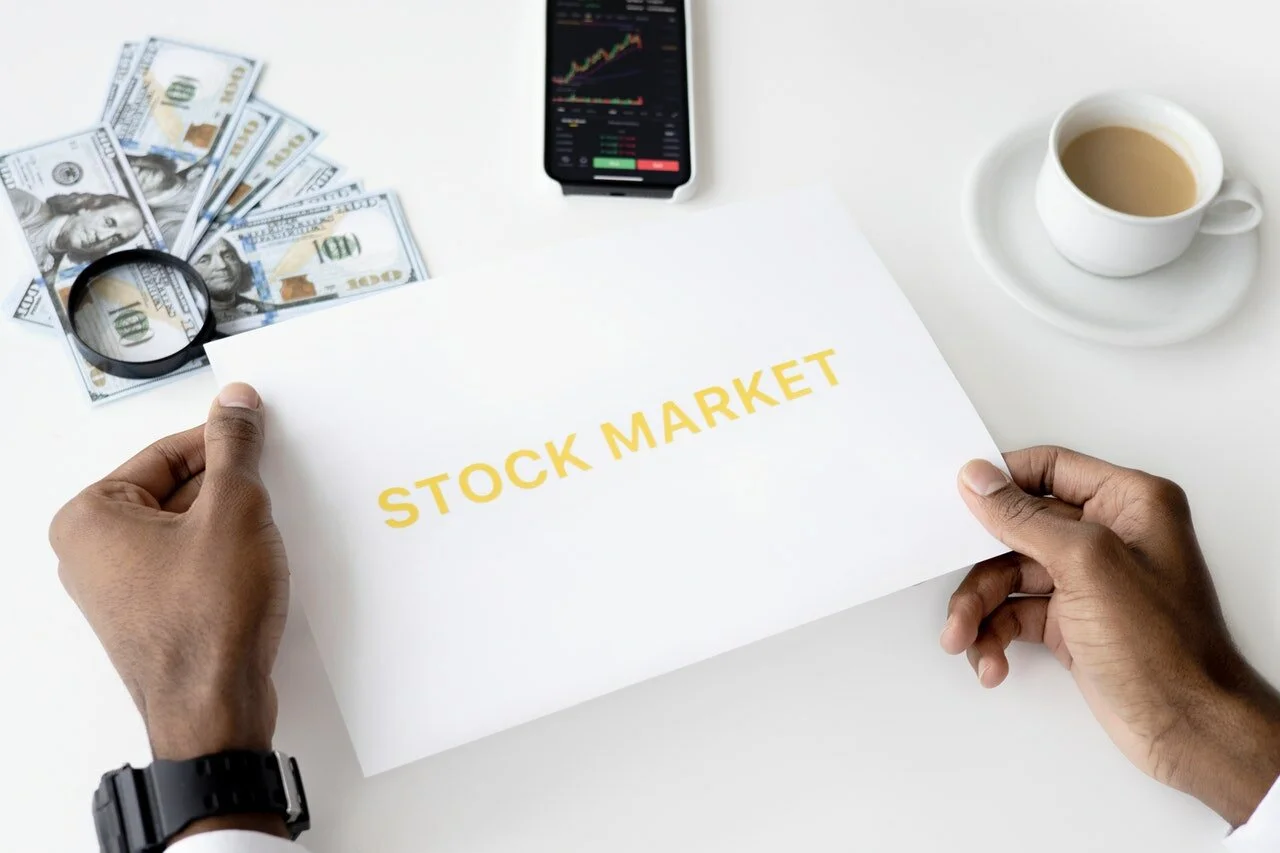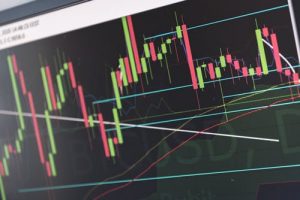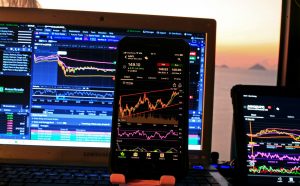
CFDs, also known as Contracts for Difference – or financial derivatives in some circles – are a way to see your returns rise exponentially when the underlying asset starts to rise, and vice versa. Many people lose money because they don’t know how to set up their CFD strategy before starting.
Eight helpful tips that will help you get started
Educate yourself
The most important thing that any trader can do is educate themselves about what they’re doing. It applies to CFD trading as much as it does the stock market, the Forex markets or any other form of trading. If you don’t understand what you’re buying and selling, how can you expect to profit from it?
Practice makes perfect
On top of education, practice is essential if you want to look at your chosen asset and start predicting whether that asset will rise or fall in value. The chances are that if you pick an asset at random and decide that it’s going up, then you’ll lose money – but after practising for a while, the chances are that those predictions could turn out correct! Just remember – ensure those predictions are backed up by solid technical analysis.
Position sizing is key
Position sizing is a simple but incredibly effective way to mitigate the risks and losses you could potentially incur while trading CFDs (or any other asset, for that matter). If you’re looking at making a trade on some stock, and you’ve done your research and determined that this stock has the potential to go up in value by around $1 per day – then why not limit yourself to investing just $10?
It means that if it goes up to $1, you’ll get $9 back – so your risk of loss is limited. But if it goes up an extra dollar, suddenly you’ve doubled your money!
Use a stop-loss to mitigate risk
A stop-loss is a straightforward but effective way of mitigating the risk that you incur when you’re actively trading. It ensures that if your chosen asset suddenly starts to go in the opposite direction, you won’t lose more than a certain amount.
Consider risk/reward ratio for maximum gain
The risk/reward ratio is a bonus that helps ensure that you get rewarded with higher returns by taking on more significant degrees of risk. It’s just what it sounds like; take on more risk (i.e. open more trade) or reduce potential reward (i.e. close trades earlier) to secure a better return on investment.
Beware of leverage
Leverage isn’t inherently wrong – but it can severely increase the scale of your losses if you don’t know what you’re doing. Essentially, leverage is just borrowing money from your broker so that you have more buying power in the market – essentially allowing your trade to be ‘multiplied’. It sounds great.
The problem is that with high leverage levels, even minor price changes could wipe out huge chunks of your portfolio!
Understand correlation
Correlation is what you need to account for when allocating your portfolio. You mustn’t be over-diversified, but it’s also essential that the assets you have under management are essentially just as effective as each other at creating profit.
If one of your trades manages to go up in value by $100 whereas another goes down by $50 – something has gone wrong! Ideally speaking, both should be able to go up and down in value simultaneously so that they cancel each other out.
Leveraged CFDs are better left to professionals
Leveraged CFDs are trading with borrowed money added to their buying power – this means more risk and potentially more reward. However, it also means more investment is needed if you want to do anything but lose money. If you’re looking at leveraged CFDs, ensure that you are confident in your prediction before opening any positions – because the risk/reward ratio is effectively inverted.







